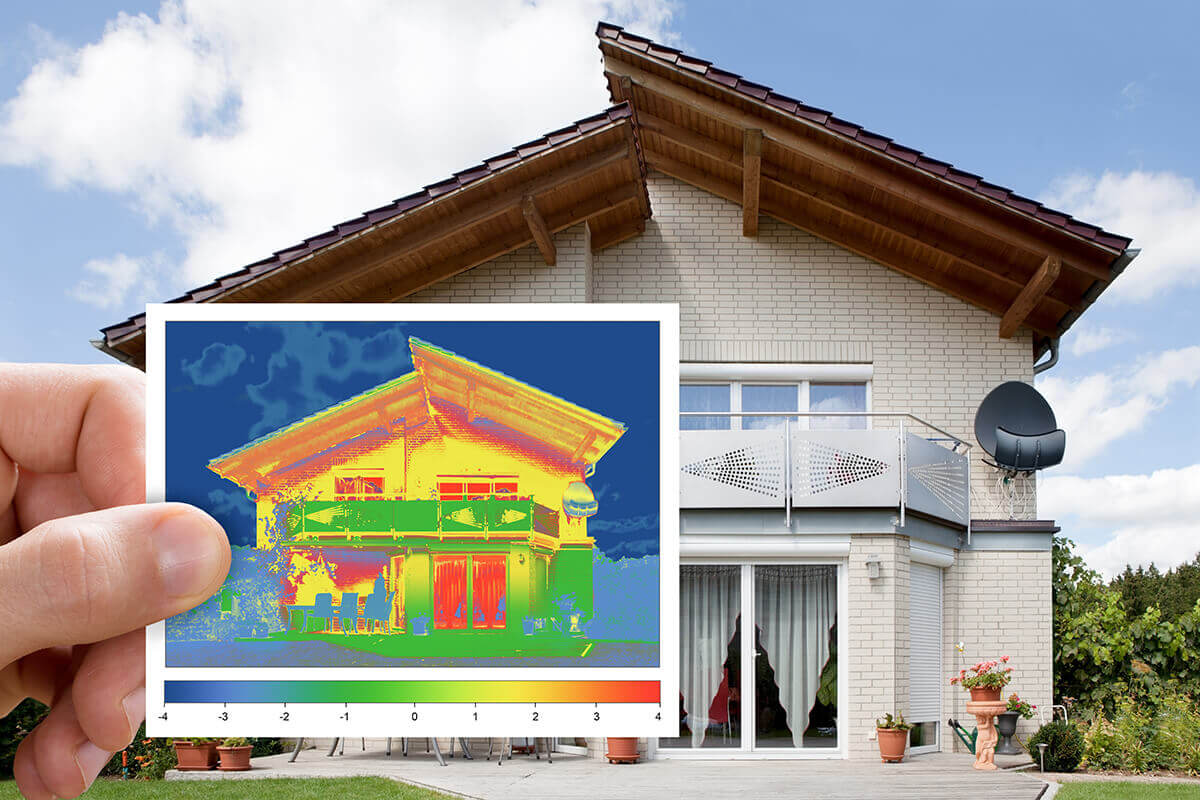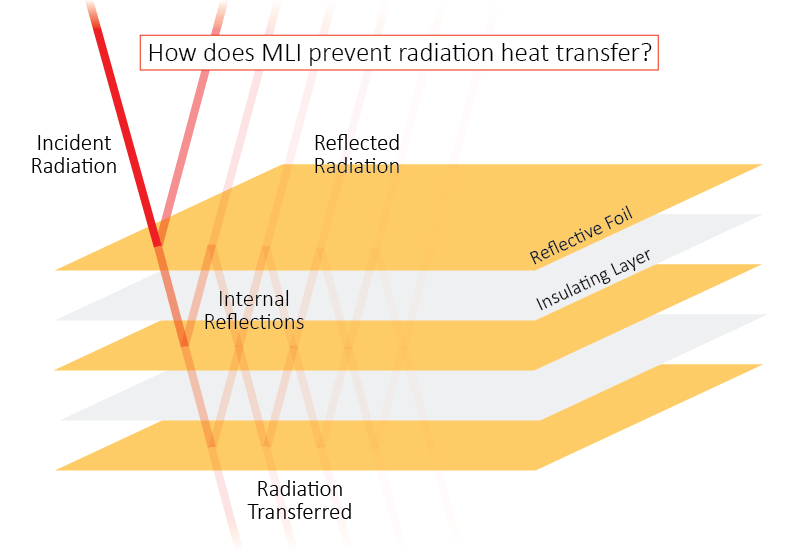Radiation heat transfer is essential to life as we know it. The transfer of heat from the sun’s surface to planet Earth is a prominent example. Since all objects above absolute zero emit electromagnetic waves, radiant energy is ubiquitous.
That makes it important to manage and mitigate undesirable radiant heat transfer. That’s why sunscreens use ingredients like titanium oxide and zinc oxide. These chemicals block and scatter the sun’s rays. Satellites also need to manage solar radiation, which is why they are wrapped in multi-layered reflective film.

Defining Radiation Heat Transfer
Radiation heat transfer occurs via electromagnetic waves. Unlike conduction and convection, radiation does not need a medium for transmission. Solar radiation energy traverses a 93-million-mile vacuum to warm the earth.
Radiation also transfers thermal energy between bodies separated by a colder medium. The sun’s rays warm the Earth even after passing through the coldest part of Earth’s atmosphere, the mesosphere. Temperatures there dip to minus 173° C.
Thermal Radiation: Infrared, Visible, Ultraviolet
Thermal radiation occurs in the infrared, visible, and ultraviolet parts of the spectrum. The sun emits all three. Any object with a temperature above absolute zero emits electromagnetic radiation. The length of these waves varies across the electromagnetic spectrum.
An ultraviolet wave is about 900-3000 angstroms long, while visible light waves are about 4,000-8,000 angstroms long. Infrared waves are measured in microns. (10,000 angstroms = one micron). Along the visible part of the spectrum, blue light is the most energetic while red light is the least.
The radiation rate is an object’s Kelvin temperature to the fourth power. The hotter the material, the more radiant energy emitted. Net radiation heat transfer is the radiation leaving one surface minus the radiation arriving from a second surface. This transfer of energy occurs at the speed of light.
What is Multi-Layer Insulation?
Insulators optimized to reduce conduction and convection are less effective against radiant energy. Vacuum insulators reduce conduction and convection because both means of heat transfer rely on interactions between molecules. However, radiant energy passes right through a vacuum. Reducing radiant heat transfer requires sophisticated thermal insulation solutions.
Multi-layer insulation (MLI) is a prime example. It is also referred to as superinsulation. MLI tends to perform best in vacuum environments. It consists of multiple layers of highly reflective material interspaced by separating materials.
In general, the greater the number of reflective layers, the more effective the insulation. The use of proprietary designs and materials increases performance.
Multi-layer insulation is deployed across various applications and industries, including aerospace, manufacturing, healthcare, and food processing. It is possible to deploy MLI in very cold and very hot environments. It is used to wrap pipes and tanks in cryogenic systems, like those used in liquefied natural gas (LNG) production. High-temperature MLI packages within a vacuum annulus perform in 1000°C operating environments.
Ultra-high insulation performance makes MLI popular for demanding thermal systems. It is also possible to customize layer density for each application. Designers increase the width of the vacuum space to accommodate extra layers as necessary.

